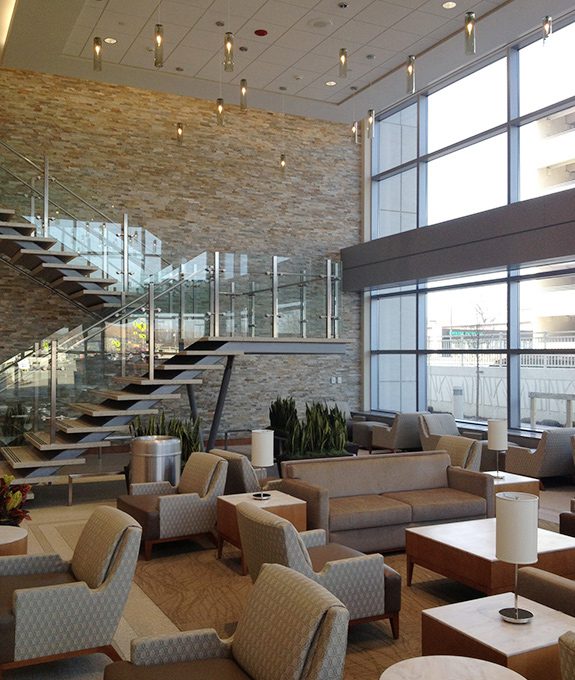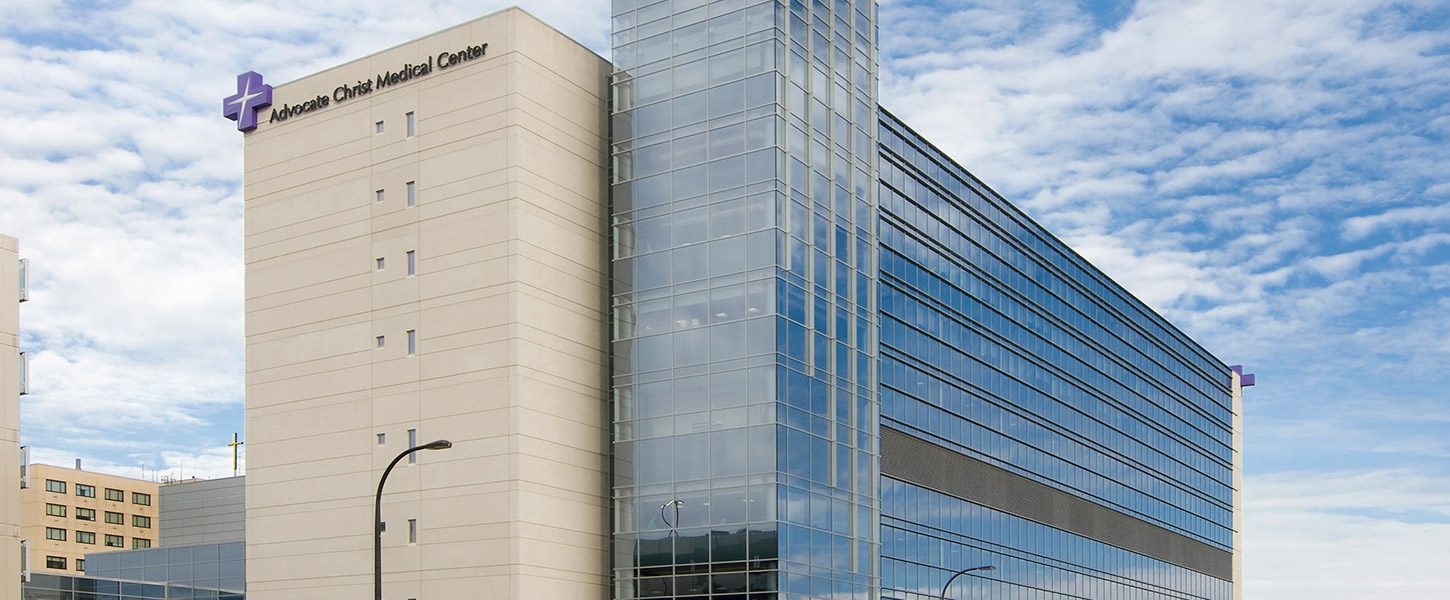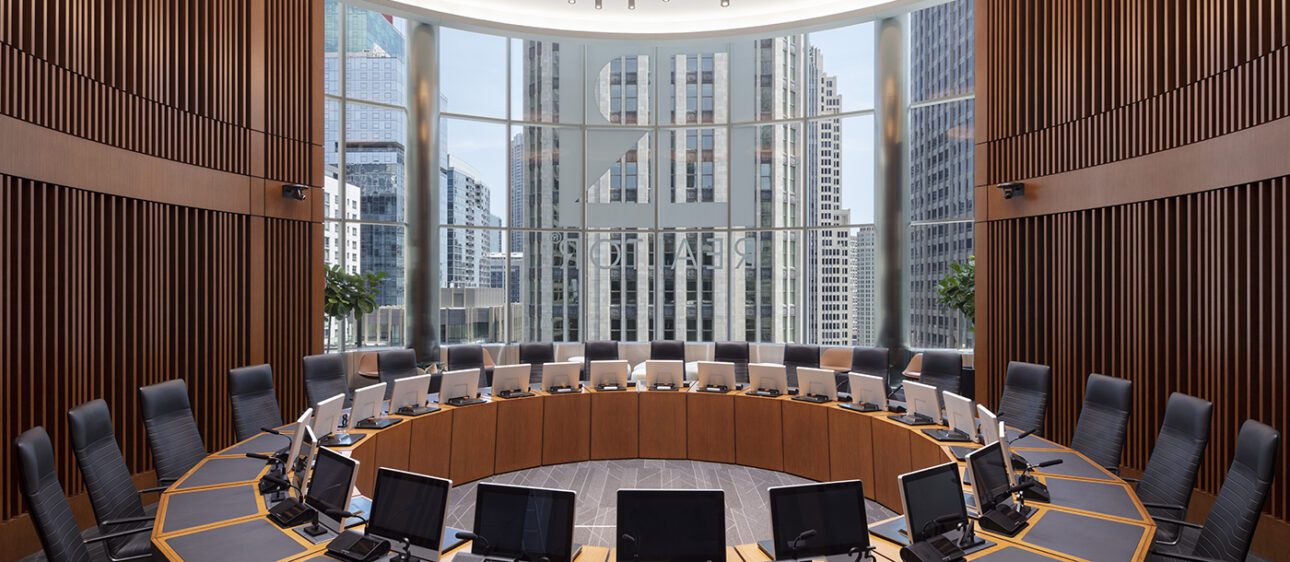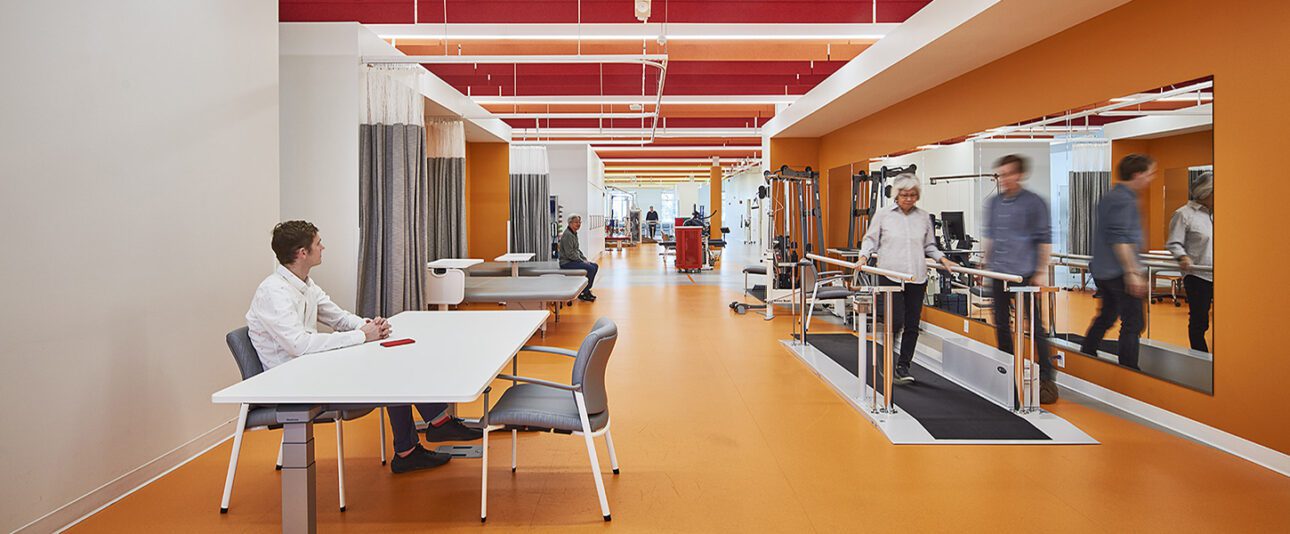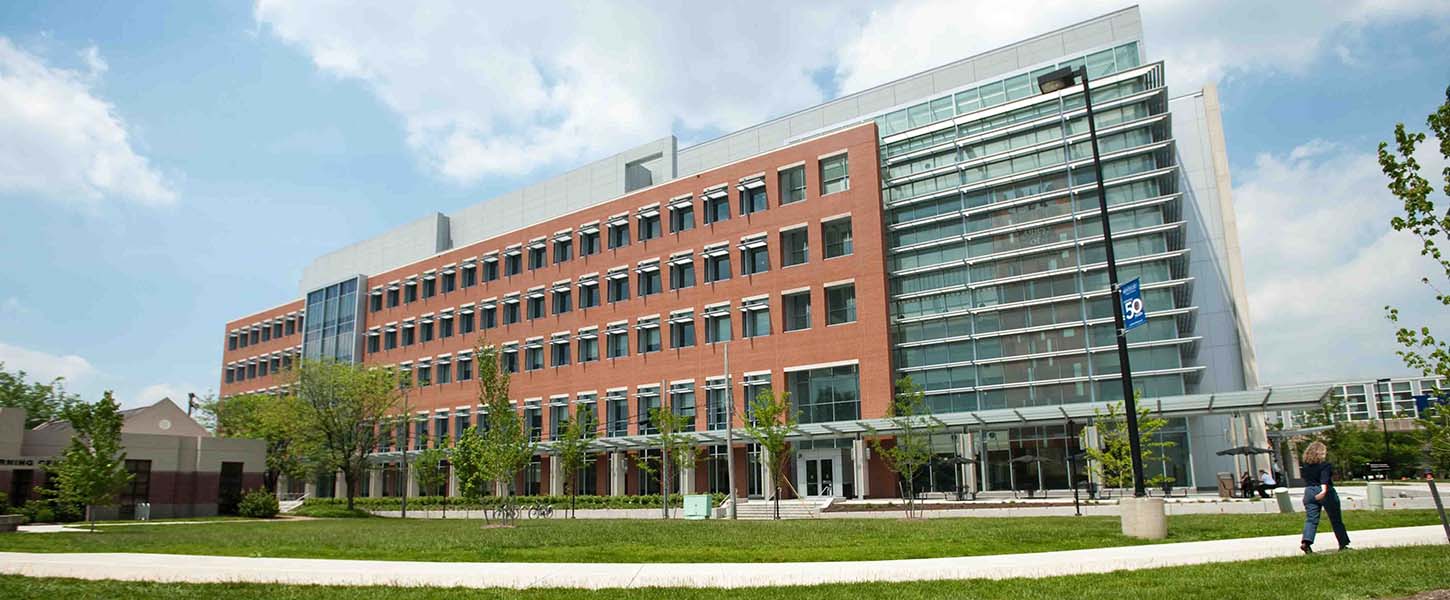GBA provided M/P/FP design services for the $111 million LEED Gold project, with electrical design by a partnering firm. The new eight-story, 300,000-square-foot facility supports ambulatory services and surgeries.
Three mechanical areas were provided: basement (chillers, pumps, boilers, medical gas compressors, plumbing and fire pumps, emergency generator); fourth floor (air handling units, exhaust fans, electrical); and penthouse (cooling towers, stair pressurization fans, boiler stack). Centralizing ventilation distribution at the fourth floor mid-level helped the team minimize duct risers/shafts and manage outdoor air intake and exhaust separation. Features include an enhanced building envelope (high-performance windows, insulation); low-velocity coil and filter design; reduced lighting power density; high-efficiency condensing heating hot water and domestic hot water boilers; high-efficiency chillers with VFD; variable-primary chilled water flow; and cooling tower VFDs.
- AHU fans/VFD configuration. The engineer designed the fan systems to use fan arrays instead of a single large fan in each system. All the fans are 10 hp or smaller, allowing for rapid replacements of motors and VFDs using off-the-shelf equipment. Redundancy is enhanced since problems with a single motor or VFD cause only a partial reduction in airflow capacity.
- Pharmacy AHU. The fifth through eighth floors are medical office space with nightly unoccupied hours, and are served by two 75,000-cfm AHUs. However, the 1,500-square-foot pharmacy on Floor 8—which includes sterile compounding rooms meeting USP 797— requires relatively constant temperature and pressurization. The engineer decided to serve this area from one of the AHUs that must operate 24/7 located on the lower floors, allowing both of the large AHUs that serve the remainder of the upper floors to shut down at night and on weekends when the high floors are unoccupied.
- Chilled water plant design. The two 800-ton chillers serve both weather-dependent loads and process loads. To handle process loads (approx. 150 tons) in winter, the design links the new Outpatient Pavilion building to the closest of the main hospital’s four existing chiller plants. This solution eliminated the need to operate the pavilion’s chiller plant under a less efficient low-load condition, or buy and operate a small, less efficient air-cooled wintertime chiller. It allows the pavilion’s cooling tower to be taken off-line during winter and also improves winter loading of the main hospital’s chiller plant.
- Setback provisions. To avoid issues associated with unoccupied temperature and ventilation setbacks during winter, the building includes perimeter fin-tube heating units. These allow central AHU fans serving non-critical areas to remain off in winter months during unoccupied periods. The fin-tube heating units also enhance thermal comfort and prevent condensation at the building envelope.
- Operations and maintenance. The BAS allows the pavilion’s temperature controls to be monitored remotely from the central boiler plant as well as off-site locations. The facilities can make remote adjustments to the boiler plant and chiller operations. The AHUs are equipped with fan wall technology, consisting of multiple direct-drive fans arranged as a wall of fans. Using direct-drive fans obviates the need to stock or change fan belts. If a single motor fails on any one air handling unit, this no longer qualifies as an emergency service call.
Using ASHRAE 90.1-2007 as a baseline, a 22.1% cost savings was achieved over the base case, representing more than $235,000 a year. Using IECC 2012/ASHRAE 90.1-2010, savings were 12.3% and more than $109,000 a year. The project received $80,000 in incentives from local utilities.
